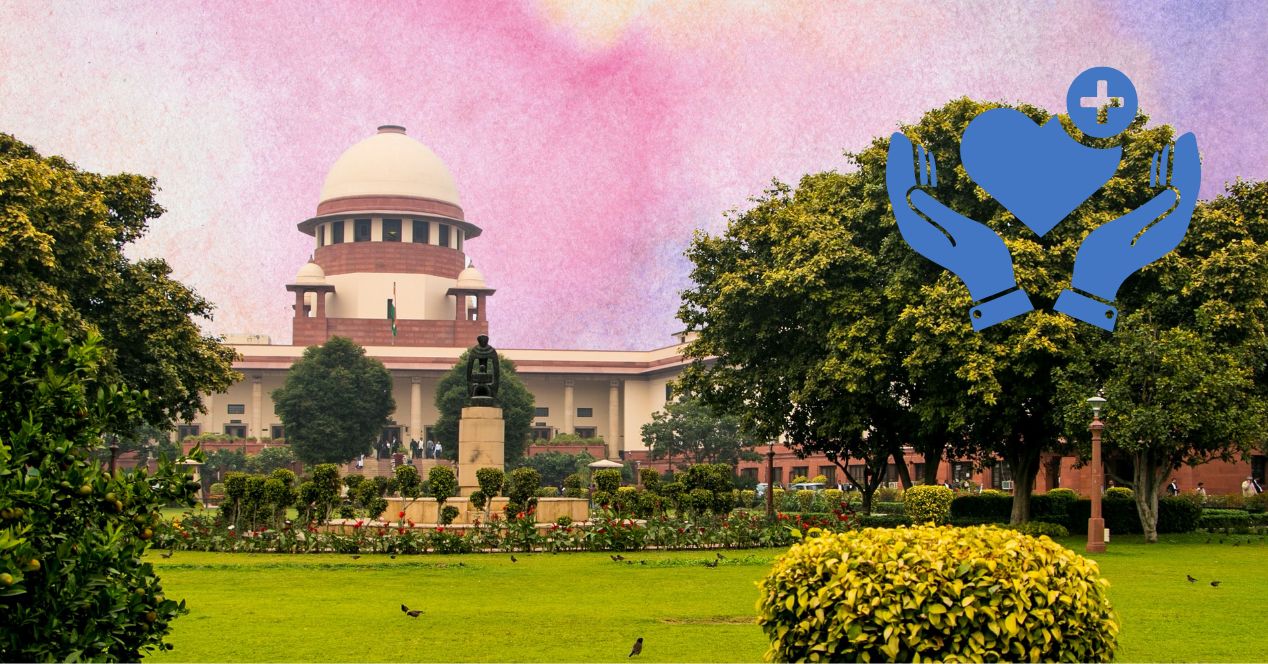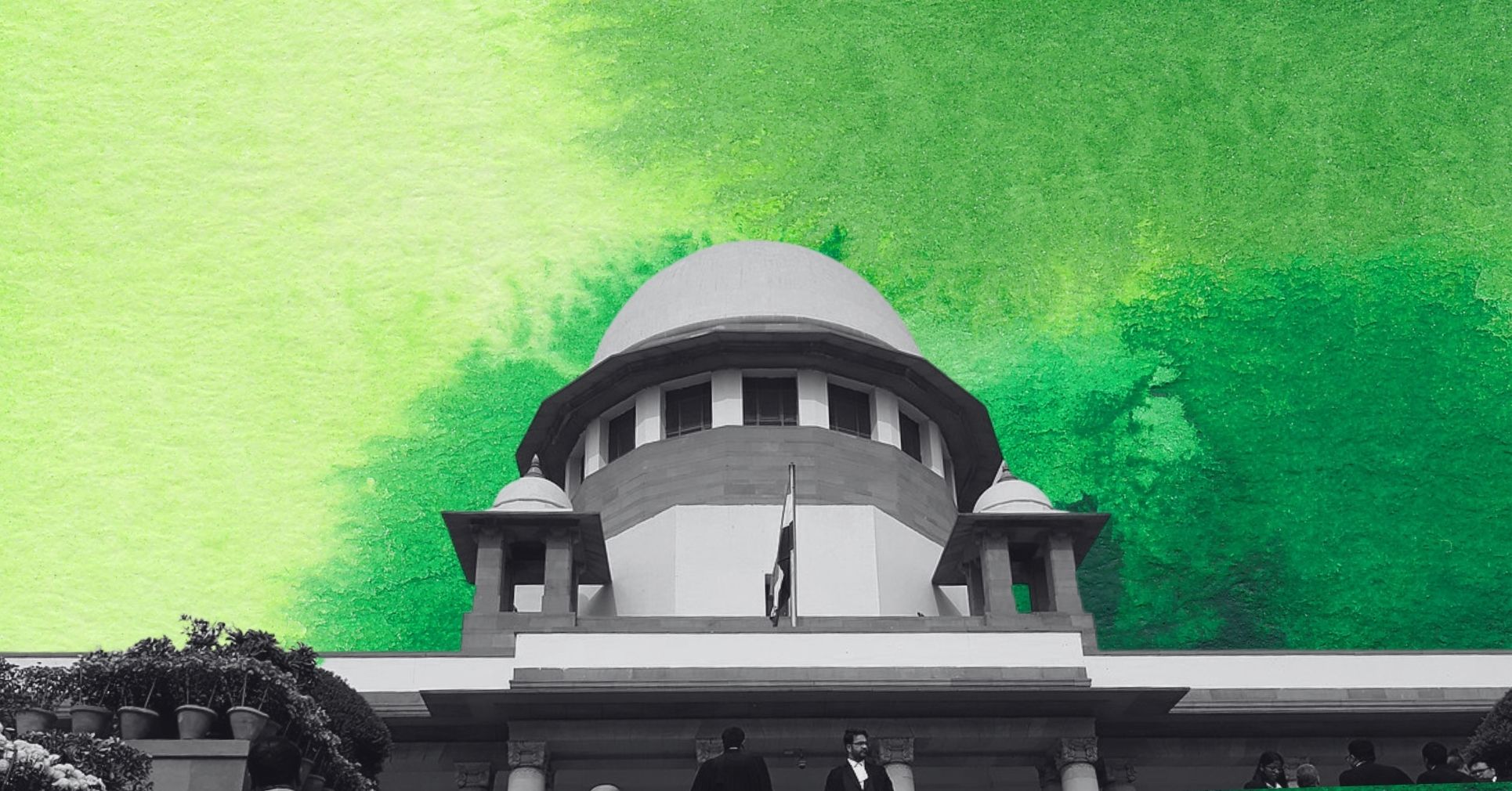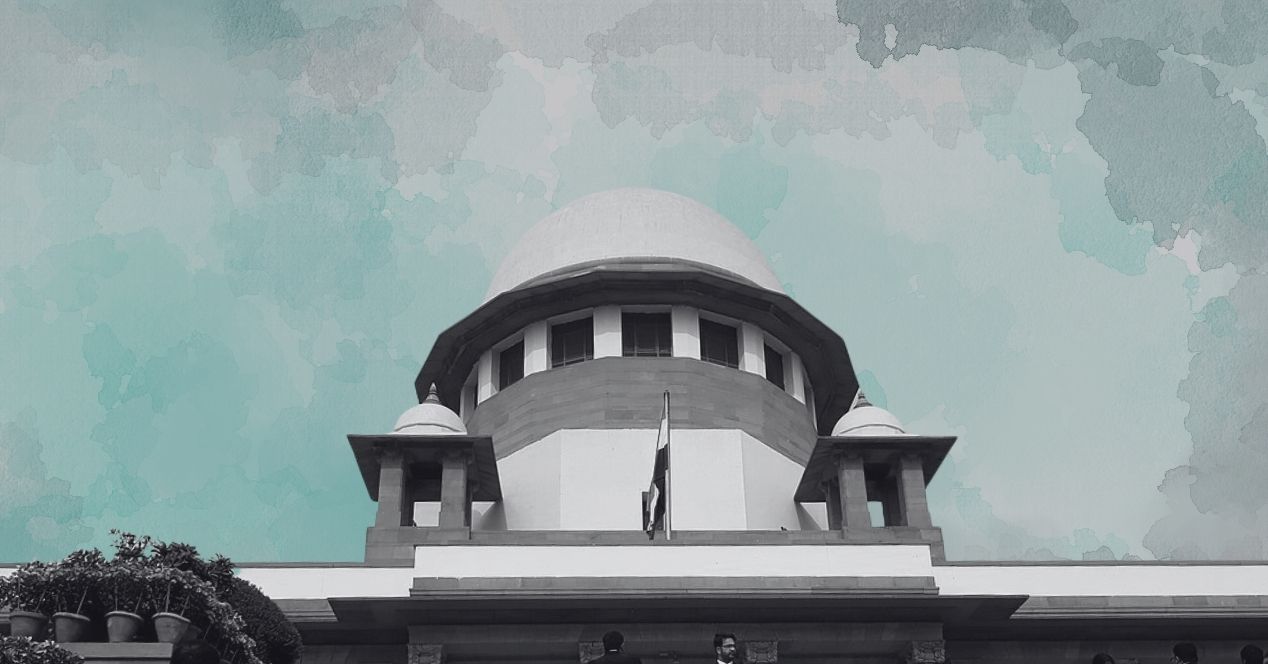Streamlining the Process for Passive Euthanasia: Judgement Summary
Euthanasia and the Right to Die with DignityJudges: K.M. Joseph J, Ajay Rastogi J, Aniruddha Bose J, Hrishikesh Roy J, C.T. Ravikumar J
On January 24th, 2023 a 5-Judge Constitution Bench led by Justice K.M. Joseph delivered an important Judgement altering the guidelines for terminally ill patients to withdraw from treatment making it less cumbersome. The judgement aimed to streamline the procedures in order to reduce the suffering of terminally ill patients who are unable to communicate their wishes. The alterations apply to cases where the patient leaves instructions in an ‘Advance Medical Directive’ (AMD), as well as cases where no instructions have been given.
Background
On March 9th 2018, the Supreme Court held that the right to die with dignity is a fundamental right under Article 21 of the Constitution of India. The Court went on to recognise terminally ill patients’ right to create ‘Advance Medical Directives’—a document providing instructions to withdraw life-supporting treatment if patients are unable to communicate their wishes. The Bench also provided guidelines for hospitals on how to decide whether to withdraw life-supporting treatment for terminally ill patients.
In July 2019, the Indian Society for Critical Care (ISCC) filed an application at the Supreme Court claiming the guidelines were tedious and ‘unworkable’. They argued that the patient’s suffering was aggravated due to the long and arduous process set out by the Court’s Judgement.
Further, the ISCC argued that requiring a Judicial Magistrate First Class (JFMC) to sign off on the withdrawal of treatment was unnecessary and the requirement should be scrapped. Requiring two separate medical boards to agree with the decision to withdraw is cumbersome. They implored the Court to trust the medical community and remove the requirement for a second, external medical board.
The 5-Judge Constitution Bench began hearing the case on January 17th, 2023. During the hearings, the Union government expressed willingness to work with the ISCC despite opposing the application when it was first filed. The Bench urged both sides to discuss the issue and submit a joint proposal to make the procedure ‘workable’. The parties submitted the joint proposal on January 24th, 2023. The Bench accepted the proposal and delivered the Judgement on the same day.
Time-Limits and Lower Eligibility Criteria for Members of Medical Boards
The 2018 Judgement requires the treating physician to determine if the AMD is genuine and if there is any hope of the patient being cured, before they suggest withdrawing treatment. The hospital must then form a medical board comprising the head of the treatment department and at least three experts with over 20 years of experience in general medicine, cardiology, nephrology, neurology, oncology or psychiatry, with an added experience in critical care.
If the medical board certifies that the instructions in the AMD should be carried out, the District Collector is charged with creating a second medical board which will include the Chief Medical Officer of the district. The same experience requirements will apply to the three new doctors selected for the second medical board. After visiting the patient, this medical board will decide if they agree with the decision of the hospital’s medical board.
The ISCC could not convince the Bench to remove the requirement of a second medical board. However, the Bench introduced certain streamlining measures. Doctors only require five years of experience to be a part of the re-christened ‘Primary’ and ‘Secondary’ medical boards. The ISCC claimed that finding doctors with over 20 years experience is incredibly difficult in most areas of the country.
The Secondary board will no longer include the Chief Medical Officer. Instead, the Chief medical officer will nominate a member to take their place. The minimum number of board members has been reduced to three for both the boards. And both boards were instructed to arrive at a decision ‘preferably within 48 hours’.
Drastically Reduced Involvement of the Judicial Magistrate
The Supreme Court introduced the biggest change to the 2018 Judgement with the removal of the Judicial Magistrate’s oversight. AMD is required to be signed in the presence of two witnesses, but can be attested before a notary or a Gazetted Officer—instead of a Judicial Magistrate First Class —who can confirm that the document was executed voluntarily.
This decision to remove the Judicial Magistrate from the process also reduces the administrative burden placed on them. The requirements for the Judicial Magistrate to keep a copy of the document and forward it to the District Court Registry, family members and family physician were deleted. The duty to inform the family is instead given to the ‘executor’ of the AMD—the patients themselves.
The involvement of the Judicial Magistrate has been retained in one area. If the Primary and Secondary medical boards decide to withdraw medical treatment, the hospital must communicate this decision to the Judicial Magistrate along with the consent of the close relative or guardian named in the AMD.




